What Is Palo Santo?
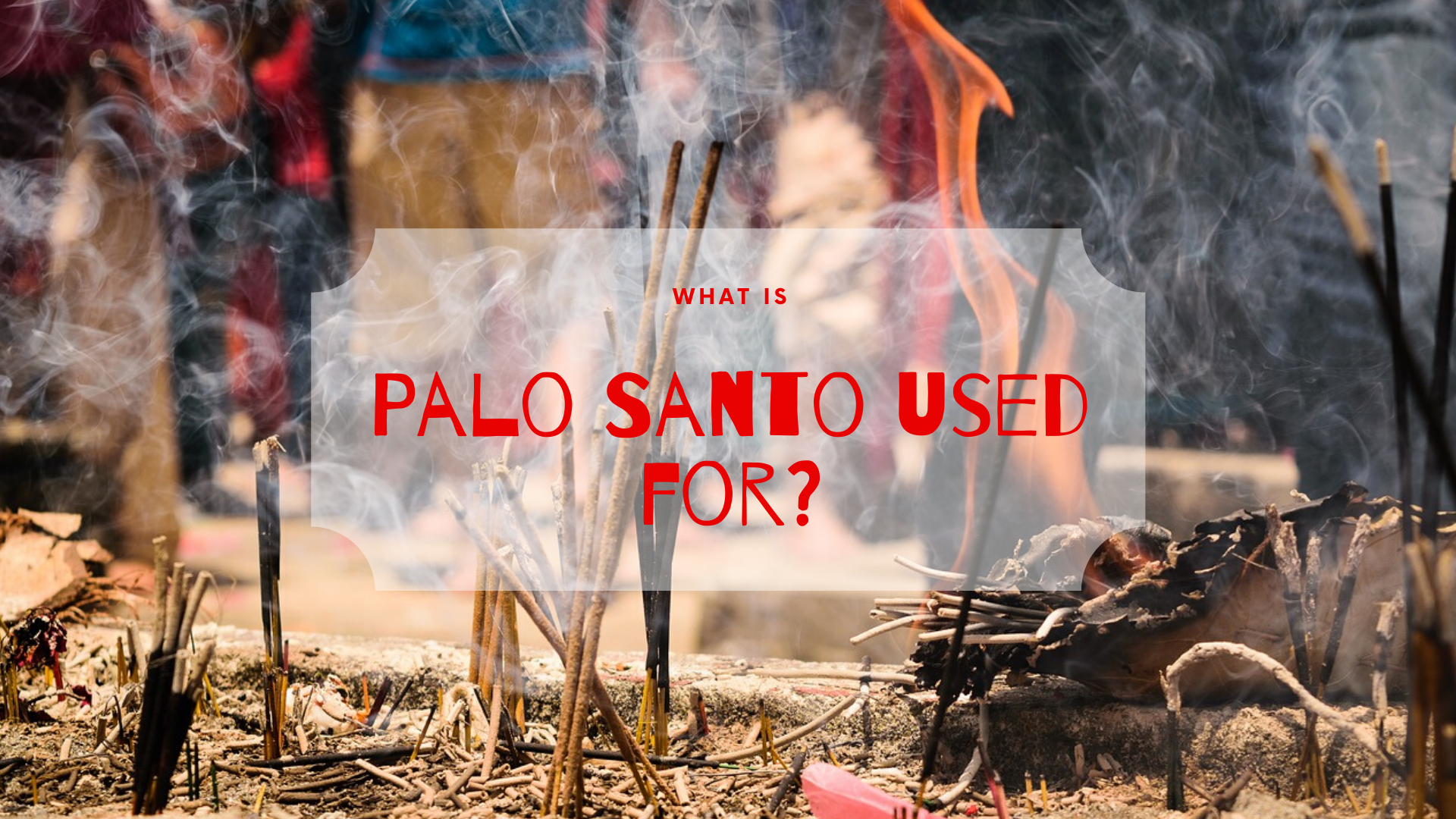
Palo Santo is the Spanish term meaning “holy stick,” and is a common name for the plant called Bursera graveolens. Used for many purposes, from healing to…
Read more

Palo Santo is the Spanish term meaning “holy stick,” and is a common name for the plant called Bursera graveolens. Used for many purposes, from healing to…
Read more

Obsidian is a natural glass formed by the meeting of lava from an erupting volcano with cold air or water, imbuing obsidian with all four elements:…
Read more
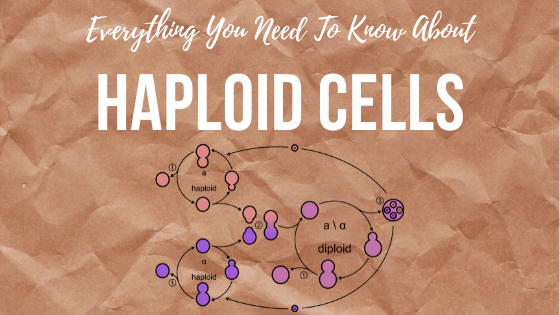
Haploid cells are cells that contain half of the number of chromosomes that are usually found per cell of an organism. In the case of diploid organisms,…
Read more
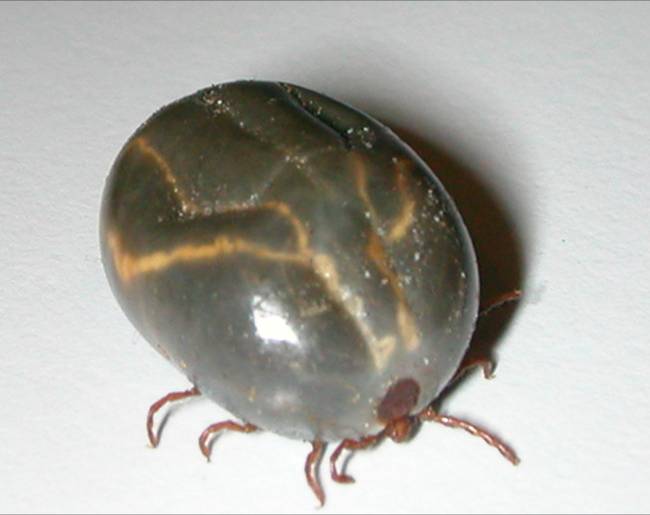
Since last November, eight states in the United States of America have become infected with the longhorned tick, a species that is native to Eastern Asia…
Read more

Wood bees, also known as carpenter bees, are a type of bee named for the way they make their home: by burrowing into wood. With…
Read more

When fulfilling a sushi craving, most people don’t consider any risks associated with the consumption of raw seafood; after all, why would you? When was…
Read more
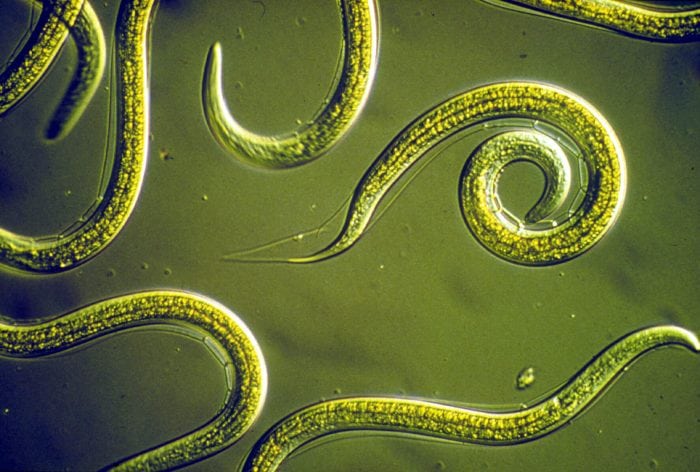
The oldest organisms alive were born while humans were busy learning how to fish and make instruments, nearly 42 000 years ago. What was the…
Read more

While we can’t yet live forever, we may soon be able to look like we haven’t aged a day. The further investigation of the role…
Read more
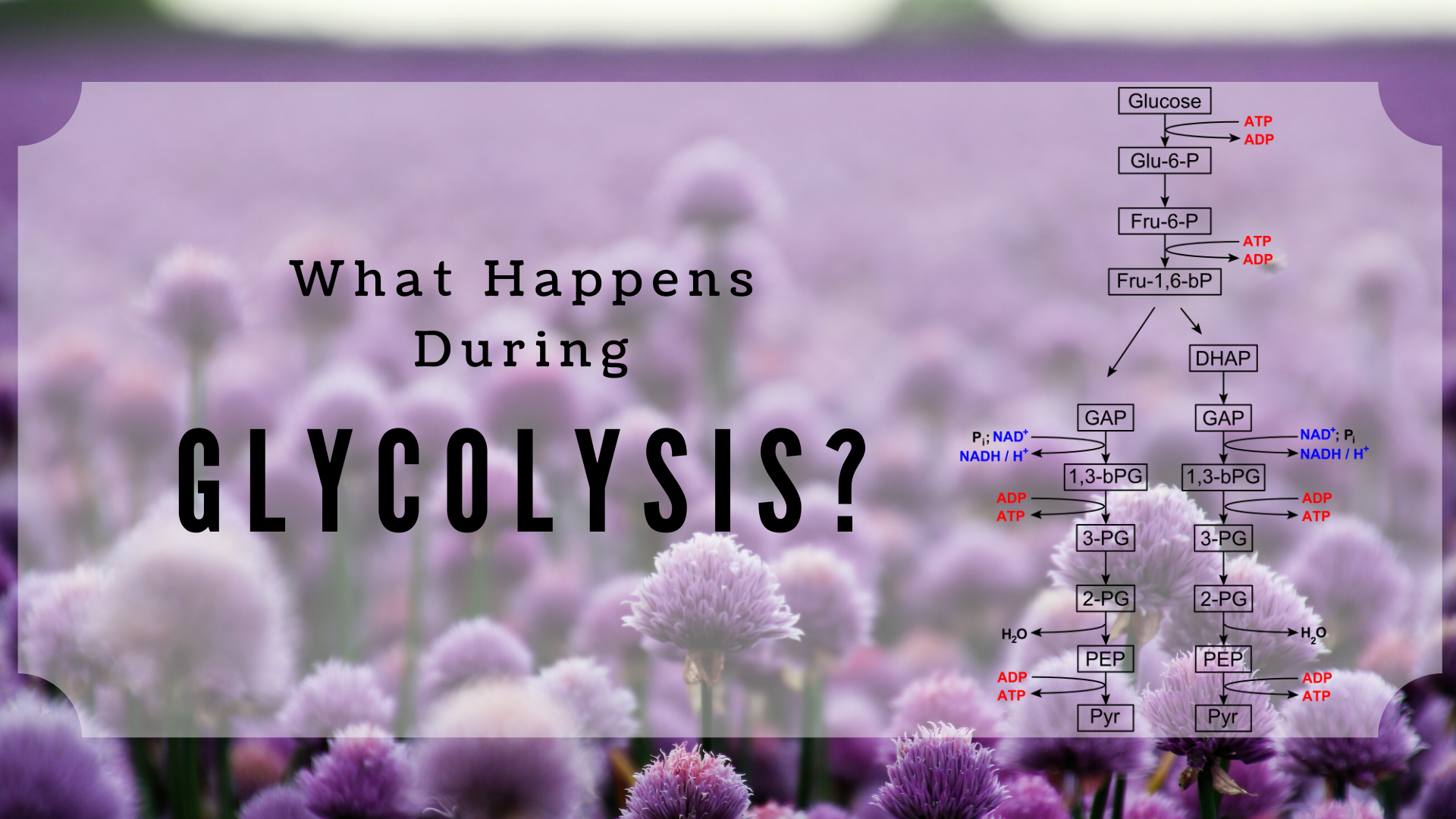
The end products of glycolysis are: pyruvic acid (pyruvate), adenosine triphosphate (ATP), reduced nicotinamide adenine dinucleotide (NADH), protons (hydrogen ions (H2+)), and water (H2O). “Life is like…
Read more
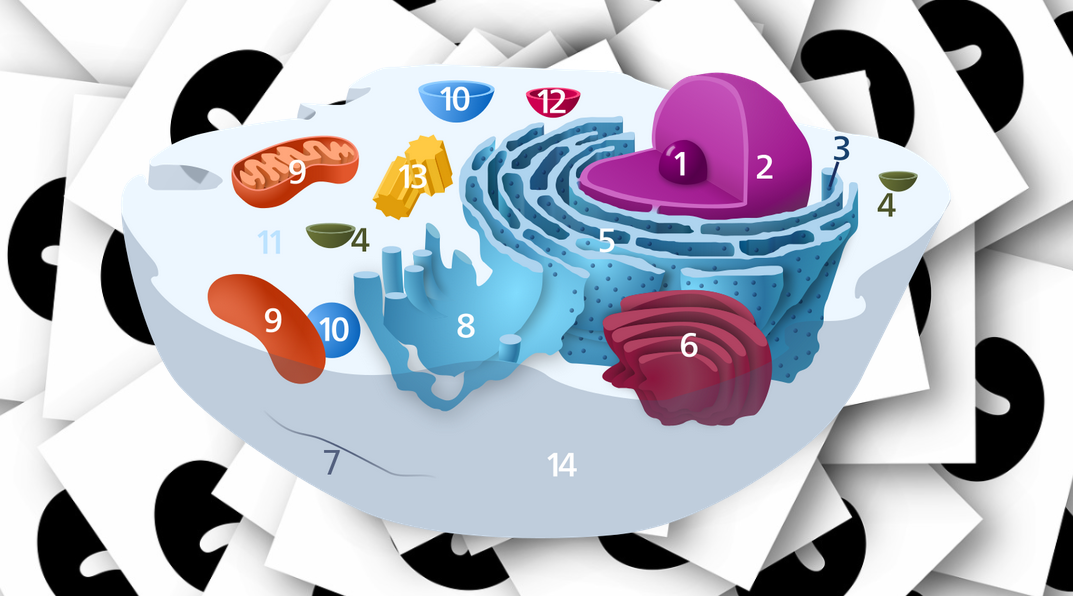
There are 13 main parts of an animal cell: cell membrane, nucleus, nucleolus, nuclear membrane, cytoplasm, endoplasmic reticulum, Golgi apparatus, ribosomes, mitochondria, centrioles, cytoskeleton, vacuoles,…
Read more

” Bread mold is a type of fungus and is therefore eukaryotic (contains membrane-bound organelles) and multi-cellular. Mold cells are present in a long filamentous…
Read more